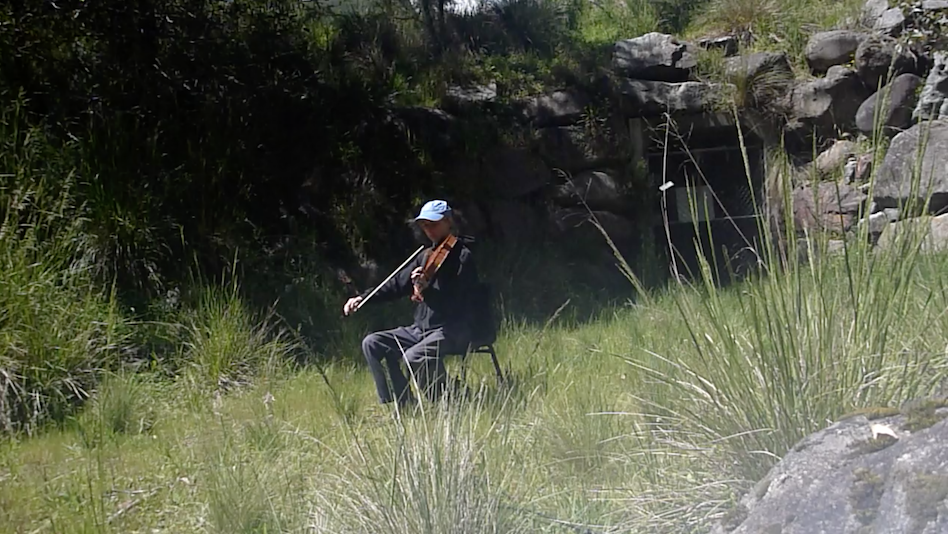(27.11.2021)
The ritual was lost and recovery was needed. Now new patterns have emerged that adapt daily. I have switched from field work to home work. After gathering resources – recordings, notes, patterns – I have now started transcribing, organising and translating. This has resulted in notations of my improvisations with memory as viola duets and interpretations of hydrophonic rhythms into structured music.
On Sunday I stopped every three hours from 8am to 11pm to record 5 minutes of the environment I found myself in at the time. To do this I had to pause, almost meditate, and indulge in this 5 minute break. Originally I planned on making these recordings all in the same location over a 24 hour period but this structure was an interruption rather than something beneficial in forming routine and ritual. The next day I bought all the recordings into ableton and layered them to have time all at once. This was all for a curiosity to play with the linear and the cyclical, and to drone my environments.
There is a strange corner behind the power station – a nice lush field that has had a black plastic chair positioned perfectly the whole time I have been here. I went down to play some viola there. At first I was unsure what the reasoning or consequence would be from playing outside but as I played I found there was a cyclical feedback between what I was listening to and what I was outputting with my viola. Imitating the breeze, doubling the river's drone and using the interjections of birds and insects to indicate pauses. The environment let me use silence in a less intimidating way. There was something separate from my music filling it in. I am thinking how these silences will translate in other contexts. Will they make sense?
After being in the field, I went into the small but cavernous concrete corridor that leads into the power station. Now with some reverb I attempted some of the same techniques I had played in the field. There was a chain of rhythms occurring in the space – a dripping, my viola creaking as it adjusted to the temperature change, and the birds interjecting from outside. There is a lot to extract and play with from these recordings through editing and transcribing.
Over the two weeks I have continued experimenting with some videos that literally translate water in the ear. They sit somewhere between score and self portrait. Perhaps they could be interpreted as ways of listening, using the visual to imagine how the layer or the movement on the ear might affect your hearing. While in Falls Creek I filled my ear with snow, listening as it slowly melted, delicately trickling into my ear; down at the river I submerged one ear in the river to listen both inside and outside; and after a plunge in the river, a pulsing frequency filter occurred with my abrupt movements as I shook the water out of my ear.
I am thinking about how the village has been steaming, accumulating a vertical movement of water. I am thinking about the value of “knowledge that classical musicians have of interpretation.”1 About what it means to emit a sound in order to receive a sound. And I am being assured by another answer from Carson – ”the heaviest movements are forever seaward.”2
1 – Pável Aguilar & Manuela Ribadeneira, Harmonic Tremors
2 – Rachel Carson, The Sea Around Us
